Dash cams are becoming increasingly popular among Australian drivers for their ability to capture crucial moments on the road. Here are some frequently asked questions about dash cams, along with detailed answers to help you understand their benefits and usage.
What's a Dash Cam?
A dash cam, short for dashboard camera, is a small video recording device mounted on your car’s dashboard or windshield. It continuously records the view through your vehicle's front windscreen and sometimes rear or interior views. Dash cams are used for various purposes, such as providing evidence in case of accidents, capturing unexpected events, and enhancing road safety.
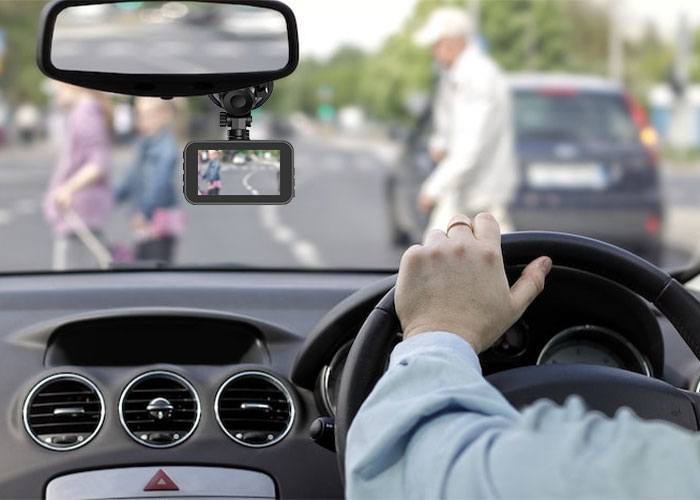
How Do Dash Cams Work?
Dash cams work by recording video footage while you drive. They typically start recording automatically when the vehicle's engine is turned on. Most dash cams use loop recording, where old footage is overwritten with new footage once the memory card is full. Some advanced dash cams include features like motion detection, GPS tracking, and G-sensors, which detect sudden movements or impacts and save the relevant footage.
How to Fit a Dash Cam?
Fitting a dash cam involves mounting it securely on your windshield or dashboard using a suction cup or adhesive mount. Position the dash cam behind the rearview mirror or anywhere in your windshield or dashboard but just make sure the placement does not obstruct your view and the lens has a clear view of the road. Adjust the angle to cover as much of the road as possible.
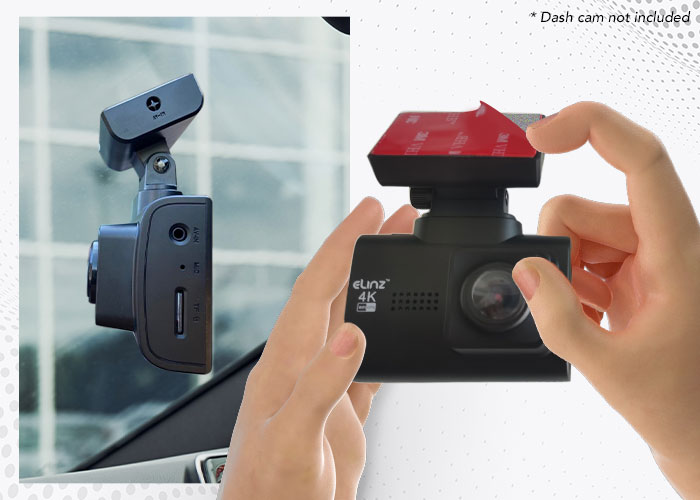
How to Install a Dash Cam?
Installation is different for every dash cam. It is best to refer to the users manual that comes with your dash cam package. However, most manuals would require you to - first, mount the dash cam on your windshield or dashboard. Next, connect the power cable to the dash cam and route it neatly around the edge of your windshield. Plug the other end of the power cable into your car's cigarette lighter socket or use a hardwiring kit for a cleaner installation. Finally, adjust the settings on your dash cam, such as the date, time, and recording preferences, according to the user manual.
How to Install a Dash Cam Front and Rear?
As mentioned above, it is best to refer to your user manual on how to install the type of dash cam you have. Mostly, for a dual dash cam setup, you need to mount and power both the front and rear cameras. Start by mounting the front dash cam as described earlier. Then, mount the rear dash cam on the rear windshield using the provided mount. Route the cable from the rear dash cam to the front dash cam, hiding the cable along the edges of the vehicle’s interior trim. Finally, connect the rear dash cam to the front dash cam, usually by plugging the rear camera cable into the front camera unit.
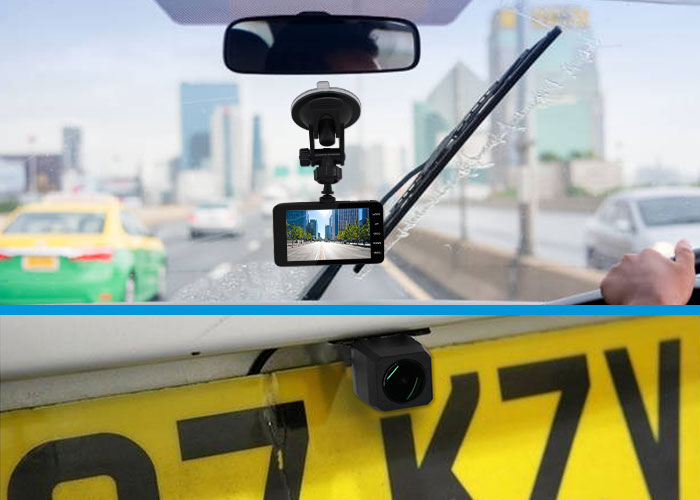
How Do You Hardwire a Dash Cam?
Hardwiring a dash cam allows it to turn on and off with your vehicle’s ignition. To hardwire a dash cam, purchase a hardwire kit compatible with your dash cam. Or you can directly purchase a dash cam with a hardwire kit. Locate your vehicle’s fuse box and identify a fuse slot that is powered when the ignition is on. Connect the hardwire kit's wires to the fuse slot and ground them properly. Route the power cable from the fuse box to the dash cam, hiding the cable along the edges of the vehicle’s interior. Or again, read through the user manual for more detailed instructions on how to hardwire your dash cam.
How Do I Access My Dash Cam Footage?
Accessing dash cam footage typically involves removing the micro SD card from the dash cam and inserting it into a computer or card reader. Alternatively, if your dash cam supports Wi-Fi, you can connect your smartphone to the dash cam's Wi-Fi network and use the associated app to view or download footage. Some dash cams also allow you to connect them directly to your computer via USB to access files directly.
Which Micro SD Card for Dash Cam?
It's important to use a high-quality micro SD card to ensure reliable recording. Look for a micro SD card with a capacity of 32GB to 128GB, depending on your recording needs. Ensure the card has a Class 10 or UHS-I rating for faster write speeds. High endurance cards designed for continuous recording, such as the SanDisk Ultra or High Endurance, are recommended for dash cams.
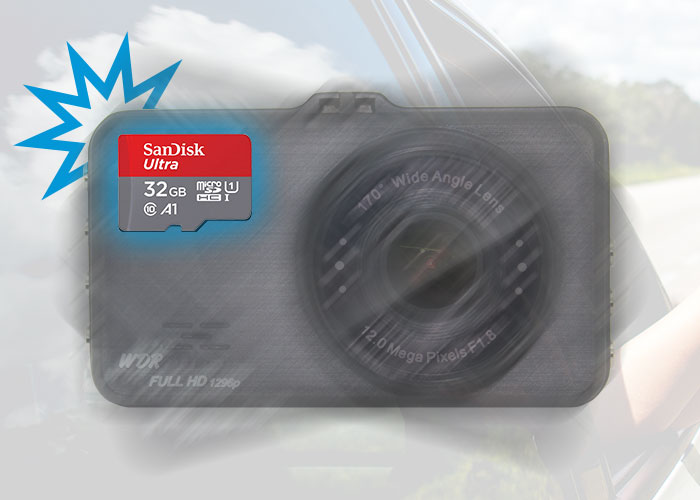
How to Format SD Card for Dash Cam?
Formatting an SD card ensures it’s ready for use in your dash cam. To format an SD card, insert the SD card into the dash cam or your computer. If using the dash cam, access the settings menu and select the format option. On a computer, open File Explorer, right-click the SD card, and select “Format.” Choose the FAT32 file system and click “Start.” Formatting will erase all data on the card, so ensure you back up any important footage before proceeding.
How to Get Dash Cam Off Windscreen?
To remove a dash cam from your windscreen, first ensure the dash cam is powered off. For suction mounts, release the suction lever and gently pull the mount off. For adhesive mounts, use a plastic card to carefully pry the adhesive pad off the windscreen. After removing the dash cam, clean any adhesive residue with a suitable cleaner to ensure a clear view.
How Much is a Dash Cam?
Dash cam prices vary based on features and quality. In Australia, basic models start around $50, while advanced models with features like GPS, Wi-Fi, ADAS, Supercapacitor, dual lens cameras or three-channel cameras can range from $200 to $500. The price reflects the quality and functionality of the dash cam, so consider your needs and budget when choosing a model.

What is the Best Dash Cam in Australia?
The best dash cam for you depends on your specific needs and budget. However, one highly recommended option is the Elinz dash cam. Elinz offers a range of dash cams with excellent features such as 4K high-definition recording, ADAS, supercapacitor, dual lens/camera, carplay and auto android support, 3-channel dash cameras, and more. Our products are known for their reliability and affordability, making them a great choice for Australian drivers looking to enhance their road safety and security.
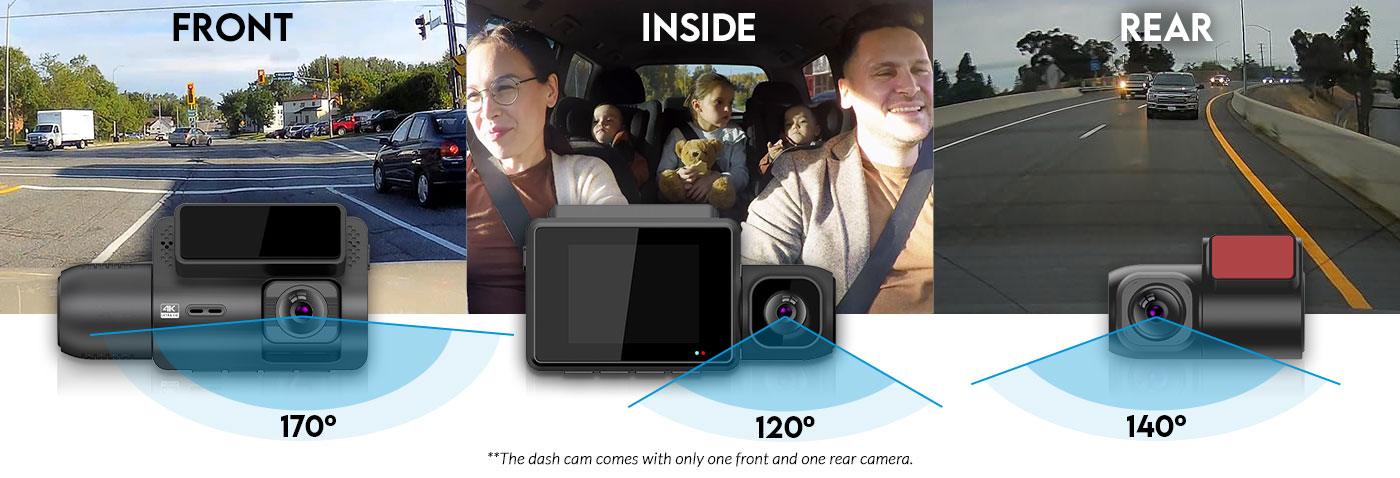
Dash cams are valuable tools for enhancing road safety and providing crucial evidence in case of incidents. By understanding how to choose, install, and maintain your dash cam, you can ensure it serves you well for years to come. If you're in the market for a new dash cam, consider the reliable and feature-packed options from Elinz.
Did you enjoy reading this article?
Stay updated on our latest deals and promos by following our social media accounts.
Find this article helpful? Don't forget to click on the share buttons below.






